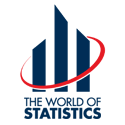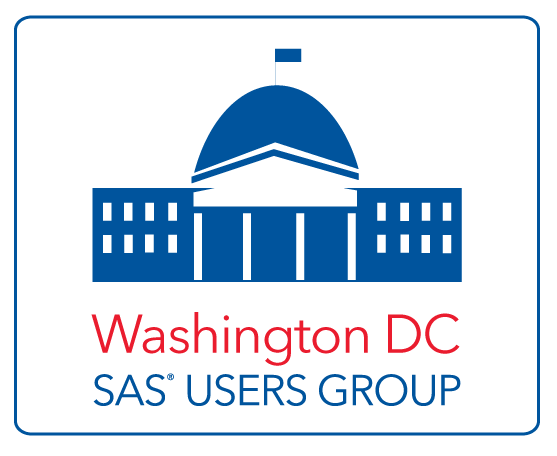Title: Disclosure Avoidance Techniques at the U.S. Census Bureau: Current Practices and Research
| Speakers: | Bei Wang, Census Bureau |
|---|---|
| Chair: | Chris Chapman, Bureau of Labor Statistics |
| Date and Time: | April 21, 2015, 12:30pm to 1:30 p.m. |
| Location: | Bureau of Labor Statistics Conference Center |
| Sponsor: | Methodology Section |
Presentation Materials
Design a Disclosure Application System: iPrivacyProtection (Wang)
Disclosure Avoidance Techniques at the U.S. Census Bureau: Current Practices and Research (Wisniewski)
Title: Design a Disclosure Application System: iPrivacyProtection
Abstract:
William Wisniewski, Census Bureau
The Census Bureau has developed an LP based cell suppression software for 2012
Econ census. The new system is the result of a 3 year research effort and is more
robust and effective than previous systems. The opportunity exists now, while the
internal design is fresh and still being modified, to develop a front end product
that is useful for everyone.
The ultimate goal is to design an effective Disclosure Application System, called iPrivacyProtection. The system shall release the burden on programmers, eliminate manual errors, and provide new tools for the user. Here, the user is generally the data producter who provides disclosure avoidance data released to the public. A Disclosure Application System (iPrivacyProtection) is an interactive application system that helps users, both programmers and analysts, apply cell suppression methodology, generate suppression pattern, and review suppression data, by putting the power of data protection into the hands of a user –the data producer– to select the best protective pattern.
A disclosure application generally includes two parts, a core processer and a graphic user interface (GUI). The first part is to generate disclosure-applied data. Depending on disclosure methodology used, that can be cell suppression, noise, or something else. The second part is to allow user to control the process. Our current disclosure process requires a 3-tier operation, which involves a diverse set of units from separate divisions. The normal disclosure production circle includes several areas’ efforts. One group gathers requirements from another group (subject area) and helps to prepare disclosure input data. The programming area applies the disclosure and converts disclosure output data into a user preferred data format. Finally, subject area reviews. This manual circle could be repeated many times due to requirement changes, data changes etc. It often creates errors during transactions and requires a great deal of resource coordination. An automated iPrivacyProtection requires no coordination among different areas, eliminates manual transactions, and maintains data integrity. Most important, the user, the data producer, is in control of the process. Users can change the parameters associated with their requirements, apply disclosure program to generate disclosure-applied data. Finally, the data can be saved and reviewed.
I’ll walk you through the iPrivacyProtection in this talk.
— Bei Wang, U.S. Bureau of the Census
Title: Disclosure Avoidance Techniques at the U.S. Census Bureau: Current Practices and Research
Abstract:
The U.S. Census Bureau collects its survey and census data under U.S. Code Title
13, which promises confidentiality to its respondents. The agency also has the
responsibility of releasing data for the purpose of statistical analysis. In
common with most national statistical institutes, the Census Bureau’s goal is to
release as much high quality data as possible while maintaining the pledge of
confidentiality. We apply disclosure avoidance techniques prior to releasing our
data products publicly to protect the confidentiality of our respondents and their
data. This talk discusses the various types of data we release, the disclosure
review process, restricted access procedures, disclosure avoidance techniques
currently being used, and current disclosure avoidance research.
— William Wisniewski, U.S. Bureau of the Census
| POC e-mail: | chapman.chris@bls.gov |
|---|---|
| WebEx event address for attendees: | https://dol.webex.com/dol/j.php?MTID=m69a620d8696b01c99fd54a831f149d88 |
| For audio: | Call-in toll-free number (Verizon): 1-866-747-9048 (US) Call-in number (Verizon): 1-517-233-2139 (US) Attendee access code: 938 454 2 |






